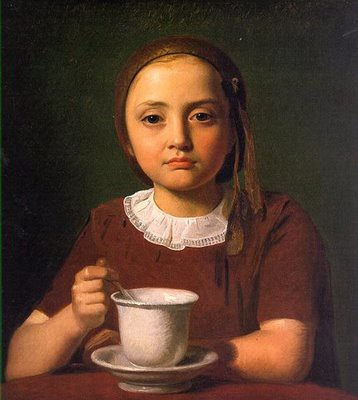 The Annales School is a school of historical writing named after the French scholarly journal Annales d’histoire économique et sociale (first published in 1929 by Marc Bloch and Lucien Febvre) where it was first expounded. Annales school history is best known for its approach to history diametrically opposed to various great man theories, incorporating social scientific methods into history resulting in one of the first currents in social history. The Annales school critics influenced later thinkers like Michel Foucault, who, in turn, influenced other Annales thinkers such as American cultural historian Robert Darnton (The Literary Underground of the Old Regime) and the best-known exponent of this school: Fernand Braudel.
The Annales School is a school of historical writing named after the French scholarly journal Annales d’histoire économique et sociale (first published in 1929 by Marc Bloch and Lucien Febvre) where it was first expounded. Annales school history is best known for its approach to history diametrically opposed to various great man theories, incorporating social scientific methods into history resulting in one of the first currents in social history. The Annales school critics influenced later thinkers like Michel Foucault, who, in turn, influenced other Annales thinkers such as American cultural historian Robert Darnton (The Literary Underground of the Old Regime) and the best-known exponent of this school: Fernand Braudel.
 The Annalistes, especially Lucien Febvre, advocated a histoire totale, or histoire tout court, a complete study of a historic problem. While several authors continue to carry the Annales banner, today the Annales approach has been less distinctive as more and more historians do work in cultural history and economic history.
The Annalistes, especially Lucien Febvre, advocated a histoire totale, or histoire tout court, a complete study of a historic problem. While several authors continue to carry the Annales banner, today the Annales approach has been less distinctive as more and more historians do work in cultural history and economic history.
The images shown (Thomas Müntzer als Theologe der Revolution, 1921 in a French 10/18 translation and Le Problème de l’incroyance au XVIe siècle. La religion de Rabelais, 1942) are only tangentially related to the Annales School and were sourced at the enigmatic page La Passion des Anabaptistes by Belgian comic book creators Ambre and David Vandermeulen.
I can’t help but wondering what – if there was one – the relation of the Annalistes was to Georges Bataille, who started his journal Documents in the same year as Annales d’histoire économique et sociale. Perhaps Valter “Surreal Documents” knows?





